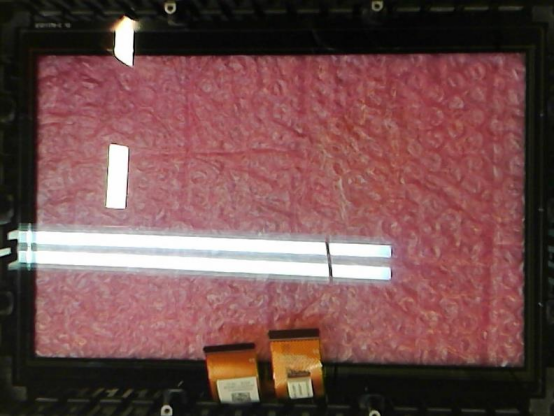What are the display technologies of industrial control LCD screens?
What are the display technologies of industrial control LCD screens?
The display technologies of industrial control LCD screens mainly include liquid crystal display (LCD), organic light-emitting diode display (OLED), electronic ink display (E-ink), etc. The following is a brief introduction to several common display technologies:
1. Liquid crystal display technology (LCD):
Liquid crystal display (LCD) is currently the most common display technology for industrial control LCD screens. LCD screens control the passage of light by changing the optical properties of liquid crystal molecules under the action of an electric field, thereby displaying images. The LCD screen itself does not emit light and requires a backlight source (such as LED) to provide brightness. Common LCD display technologies include:
TFT-LCD (thin film transistor liquid crystal display): Using thin film transistor technology, each pixel has independent transistor control, which can provide higher display accuracy and response speed, and is widely used in industrial control, automation equipment and medical equipment.
IPS-LCD (In-Plane Switching): By improving the arrangement of liquid crystal molecules, the viewing angle and color reproduction are improved, which is suitable for industrial control scenes that require high-quality display effects.
2. Organic Light Emitting Diode (OLED):
OLED screens do not require a backlight source, and each pixel of the display can emit light independently, so it has higher contrast and deeper black performance, which can provide better display effects. OLED has a fast response speed, high energy efficiency, and a thinner screen. It is suitable for industrial applications that require high brightness, high contrast and dynamic picture performance, such as high-end monitoring and diagnostic systems.
3. Electronic Ink Display (E-ink):
Electronic ink screens imitate the display effect of traditional inks and are mainly used in low-power, long-term reading applications. E-ink screens are usually used in scenarios where static information needs to be displayed and color and refresh speed are not required, such as industrial instruments, electronic tags, and equipment status displays. Its advantages are ultra-low power consumption and excellent readability, especially in strong light environments.
4. Quantum Dot Display Technology (QLED):
Quantum dot technology is based on the luminescent properties of nanoparticles, which can improve display effects, especially in color performance and brightness. Although QLED technology is rarely used in industrial control displays, it is gradually being used in high-end equipment, especially for occasions requiring color accuracy and detail performance.
Shenzhen Zhiyan Optronics Co., Ltd. (zylcdshop.com) is a leading Chinese supplier of advanced LCD screens. We specialize in engineered display solutions tailored for industrial use.




Comments
Post a Comment